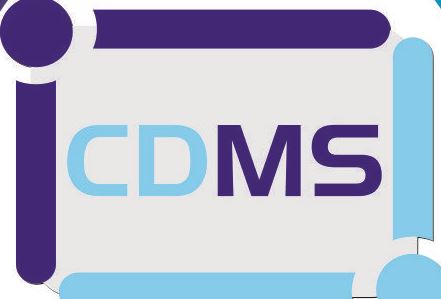Credit Management Proficiency Certificate

About Course
It is a course that provides a person with necessary credit management skills to make him or her productive and marketable.
The course is designed to help individuals working in credit environment who have no credit training background to obtain the basics of credit management.
It’s a 3 months online course and on completion and passing the test, CDMS will award a certificate.
Why train with us?
- It’s a quick win to promotions and departmental transfers
- Enhances your credit management skills.
- CDMS LTD is a NITA accredited training institution.
- We are hands-on trainers with practical experience
- Flexible training hours both physical and Online Classes
- Affordable and flexible tuition payment terms
Course Content
- Introduction to credit management
- Meaning of credit
- Types of credit- Trade, Consumer and Export
- Role of credit
- Credit Market
- Advantages and disadvantages of credit
- Credit management functions in an organisation
- Role of a credit department
- Duties and responsibilities of credit manager and credit officers
- Qualities of a good credit officer/manager
- Performance management of a credit department
- Introduction to the credit market
- Bank credit Products
- Microfinance
- Savings and Credit Cooperatives
- Trade Credit
- Credit Policy and procedures
- Understanding credit policy and types
- Objectives of a credit policy
- Benefits of a credit policy
- Preparation of a credit policy
- Introduction to Credit risk analysis
- Types of risks
- Understating the credit risk
- Causes of credit risks
- Challenges of credit risk analysis
- Framework for credit analysis- financial and non-financial factors
- Analysis of Financial statement for risk assessment
- Use of ratios for risk assessment
- Credit risk Management
- Strategic position of credit risk management
- Credit risk management objectives
- Credit risk management structure
- Effective collection techniques and tools
- Collection strategies
- Understanding collection tools
- Don’ts and Do’s of collection
- Application of 80/20 pareto rule in collection
- Debt Provisioning and write-off
- Laws governing credit
- CBK prudential guidelines
- Cooperative Act
- Microfinance Act
- Bankruptcy and Insolvency Act
- International financial Reporting Standards (IFRS 9 )
- Legal process of collection
- Understanding the court structure
- Factors to consider before suing a debtor
- Enforcement of a judgement debt
- Understanding bankruptcy and winding up
- Understanding the credit Reference Bureau (CRB)
- The role of CRB
- Benefits of CRB to lenders, borrowers and the economy
- Interpretation of Credit Report for lending
Course Content
1. Introduction to credit management
-
Introduction to Credit Management
00:00
2. Credit management functions in an organisation
3. Understanding the credit market
4. Credit Policy and procedures
5. Introduction to Credit Risk
6.Credit risk Management
7. Effective collection techniques and tools
8. Laws governing credit
9 Legal Process of Collection
10. Understanding the credit Reference Bureau (CRB)
Student Ratings & Reviews

No Review Yet
